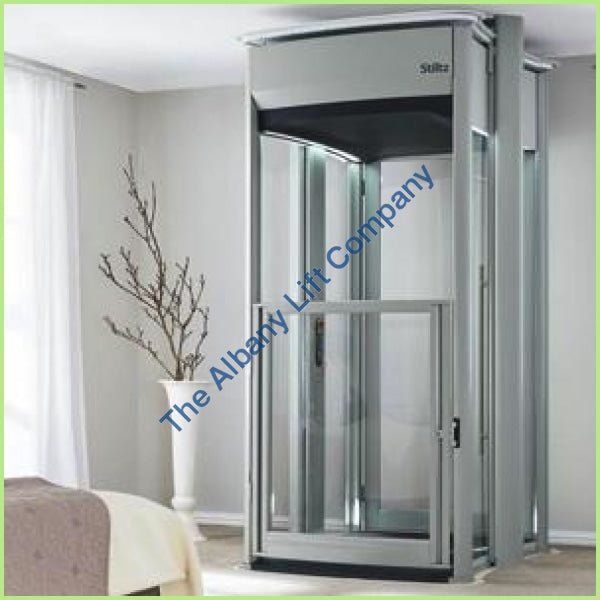Top Lift Companies in London: Offering Top Quality Installations and Maintenance
Top Lift Companies in London: Offering Top Quality Installations and Maintenance
Blog Article
Exploring the Globe of Elevators: Usual Concerns Dealt With by Numerous Lift Mechanisms
As we browse through the vertical transportation systems of modern-day buildings, lifts stand out as an important element of our day-to-day lives. From hydraulic lifts to grip systems and machine-room-less layouts, each lift type comes with its collection of typical concerns.
Hydraulic Elevators
Hydraulic elevators, usually preferred for low-rise buildings, make use of fluid stress to regulate the motion of the elevator cars and truck (lift repair companies). This mechanism entails a hydraulic pump pushing oil into a cyndrical tube, triggering the elevator to move in the wanted direction. While hydraulic elevators are understood for their peaceful and smooth operation, they do feature their very own set of usual issues
One common issue with hydraulic elevators is oil leakage. In addition, issues with the control system, such as damaged valves or a malfunctioning pump, can cause disruptions in the elevator's activity.
Routine maintenance and timely repair services are necessary to make certain the smooth functioning of hydraulic lifts. By addressing these usual issues proactively, structure proprietors can reduce downtime and make certain the safety and efficiency of their vertical transport system.
Traction Lifts
When considering upright transport systems in buildings, an additional usual type other than hydraulic lifts is the traction lift. Traction elevators operate making use of a system of ropes and weights that move the elevator automobile by grasping onto the hoist ropes. This mechanism allows for smoother and faster vertical transport compared to hydraulic systems.
One of the common issues encountered by grip elevators is rope wear. The consistent activity of the ropes within the traction system can result in use and tear over time, possibly causing the elevator to breakdown or end up being unsafe for use. Normal assessments and maintenance of the ropes are necessary to guarantee the lift's correct functioning and security.
One more problem that traction lifts might experience is related to the control system. Issues with the control system can result in concerns such as unpredictable motion, delays in action times, or also complete closures. Regular testing and upkeep of the control system are vital to avoid such concerns and make certain the lift's dependability.
Machine-Room-Less (MRL) Elevators

Among the vital components of MRL lifts is the small gearless grip machine that is installed within the hoistway. This machine successfully drives the lift cars and truck without the requirement for bulky tools discovered in conventional traction lifts. Additionally, MRL lifts commonly make use of a counterweight system to balance the vehicle, further boosting their energy efficiency.
In spite of their advantages, MRL elevators may face challenges associated with repair and maintenance due to the restricted area for equipment setup. Availability for servicing parts within the shaft can be limited, requiring specialized training for service technicians. Appropriate maintenance timetables and routine inspections are important to make certain the continued smooth procedure of MRL lifts.
Overloading and Weight Limitation Issues
Straining and weight limitation issues are important issues in elevator operations. Elevator producers design lifts with certain weight abilities to guarantee passenger safety and equipment longevity.
When lifts are overwhelmed, it puts extreme pressure on the electric motor, wires, and various other parts, potentially triggering breakdowns or malfunctions. Security mechanisms such as sensing units and overload sensors are in area to avoid elevators from moving if they detect excess weight. Furthermore, surpassing weight limits can lead to increased power intake and deterioration on the elevator system.
To alleviate straining problems, building supervisors should plainly show weight limits in elevators and inform occupants on the relevance of sticking to these constraints - lift repair read here companies. Routine upkeep checks by qualified service technicians can likewise help make sure that lifts are running within risk-free weight specifications. By dealing with overloading and weight restriction concerns proactively, structure proprietors can enhance elevator security and effectiveness
Electrical System Failings
Going beyond weight limits in elevators can not just lead view to mechanical problems yet likewise possibly contribute to electric system failings within the lift framework. Electrical system failures are a critical worry in lift operation, as they can create unanticipated closures, malfunctions, or even safety and security dangers.
Routine maintenance and assessments are important to recognize and address possible electric problems without delay, guaranteeing the effective and risk-free operation of lift systems. By sticking to weight limitations and conducting routine electrical system checks, structure proprietors can minimize the danger of electrical failures in lifts.
Conclusion

Hydraulic elevators, commonly preferred for low-rise structures, make use of fluid stress useful content to control the motion of the lift automobile.When thinking about upright transport systems in buildings, another usual type aside from hydraulic lifts is the grip lift. Traction elevators run using a system of ropes and counterweights that relocate the lift automobile by grasping onto the hoist ropes. Unlike typical elevators that need a different equipment area to house the tools, MRL elevators incorporate many of the components within the shaft, eliminating the demand for a specialized equipment area.In verdict, lifts deal with common issues such as hydraulic breakdowns, grip system failures, and electrical system troubles.
Report this page